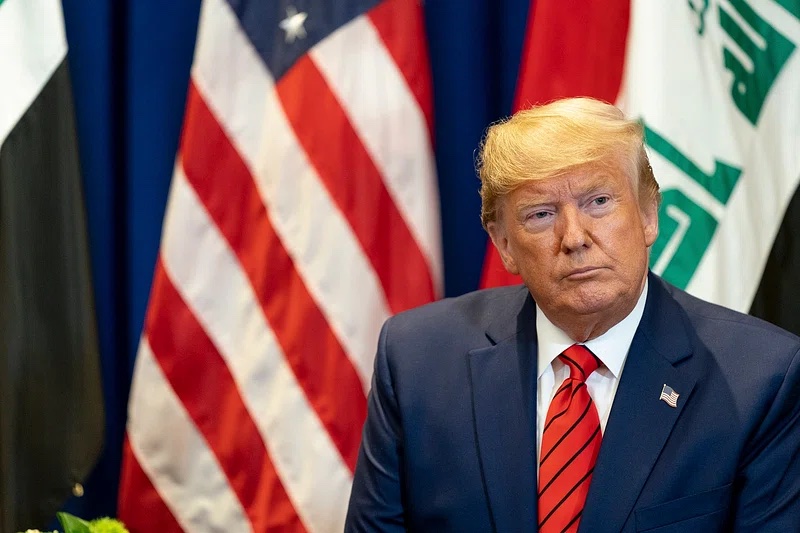Several days after the White House confirmed plans to reinstate elevated tariffs on countries lacking trade deals by July 9, the move is being read less as a tactical escalation and more as a structural signal. With Vietnam, India, and Japan among those facing potential duties up to 46%, global supply chain leaders are reassessing sourcing resilience, compliance posture, and regional diversification in a compressed timeline.
Policy Reset Favors Bilateral Leverage
The Trump administration’s decision to resume reciprocal tariffs—paused just days after their April 2 rollout—is now crystallizing as a deliberate shift toward tiered trade engagement. Treasury Secretary Scott Bessent confirmed the U.S. is focused on 18 high-priority partners, with the remainder to be addressed either via deferred negotiations or regional frameworks.
The original slate of tariffs, which included 46% on Vietnamese imports, 26% on Indian goods, and 24% on Japanese exports, will automatically return unless bilateral agreements are reached by July 9. Since the temporary pause, the U.S. has finalized terms with the UK and extended China a 90-day tariff reprieve, indicating a hierarchy in trade relationship management.
For most supply chain executives, the administration’s approach introduces a two-tier risk model: countries actively negotiating may secure exemptions, while those caught in the diplomatic middle ground face renewed exposure without clarity on regional deal mechanics.
Compressed Timelines, Fragmented Forecasting
For global manufacturers and importers, especially those with exposure to Asia’s electronics, apparel, and industrial machinery sectors, the reactivation window introduces immediate planning constraints. Firms that had begun recalibrating sourcing or reworking margin forecasts during the suspension period now face renewed volatility. The challenge lies not only in cost modeling, but in operational agility across multi-jurisdictional sourcing footprints.
The White House’s references to “regional trade deals” for economies in Central America and Africa have opened new questions around compliance scope, enforceability, and eligibility criteria. Without formalized parameters, these frameworks offer little actionable guidance for procurement and trade compliance teams working under July deadlines.
Strategic Clarity Matters More Than Speed
As the July 9 deadline approaches, the most significant challenge for global supply chain leaders may not be the tariffs themselves, but the lack of policy clarity surrounding the U.S. administration’s dual-track approach. The distinction between bilateral and regional pathways remains opaque, making it difficult for companies to plan with confidence.
In this environment, organizations should resist reactive moves and instead focus on strengthening scenario planning, legal preparedness, and supplier communication. The return of reciprocal tariffs is unlikely to be the last disruption. But it may prove a valuable test of how well supply chain governance structures are evolving to meet a more segmented and selectively negotiated global trade landscape.





